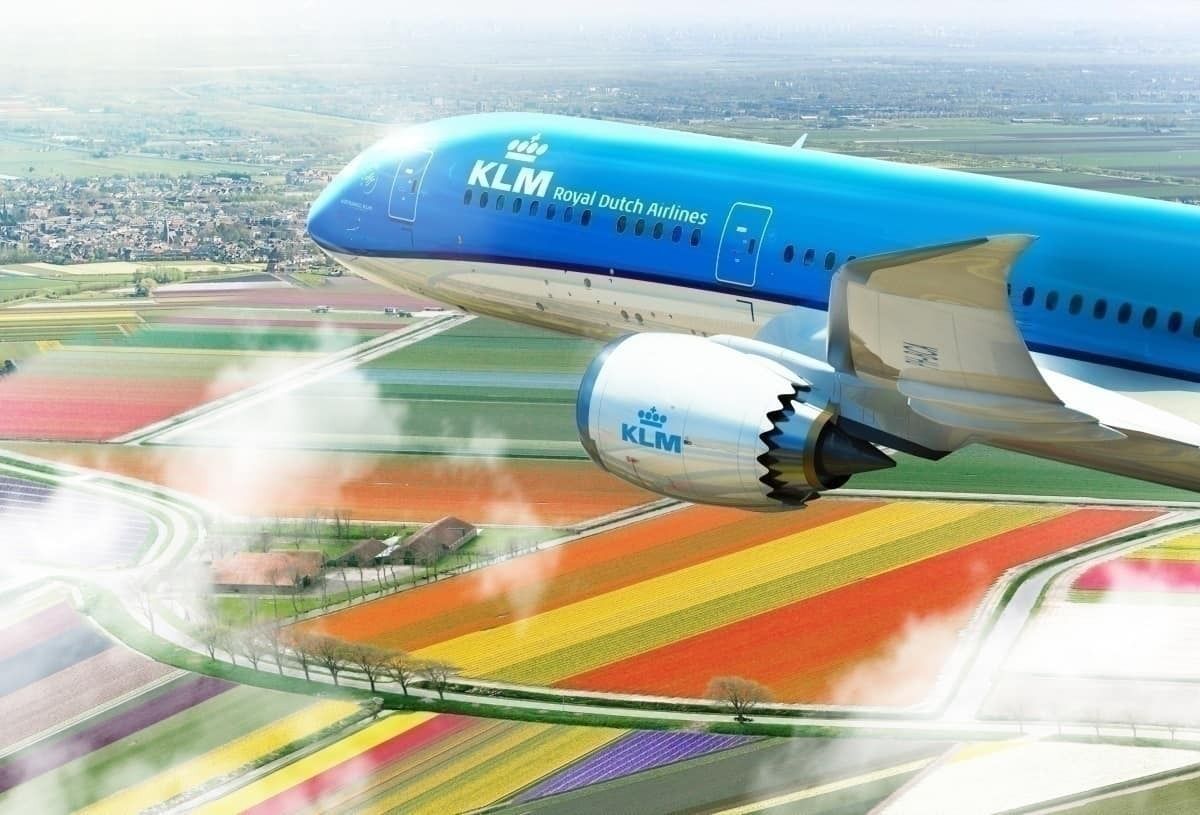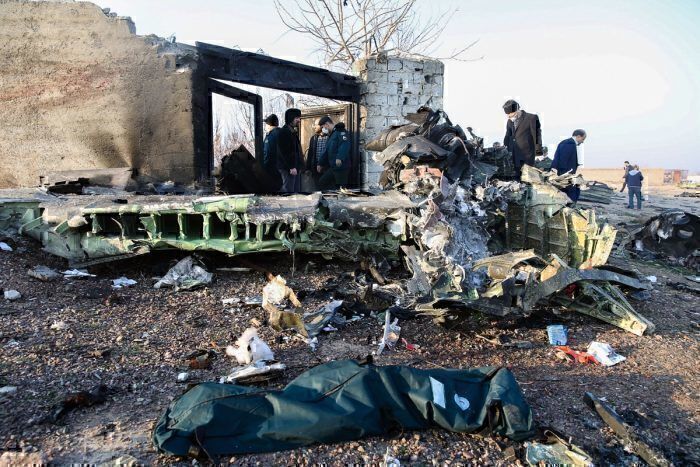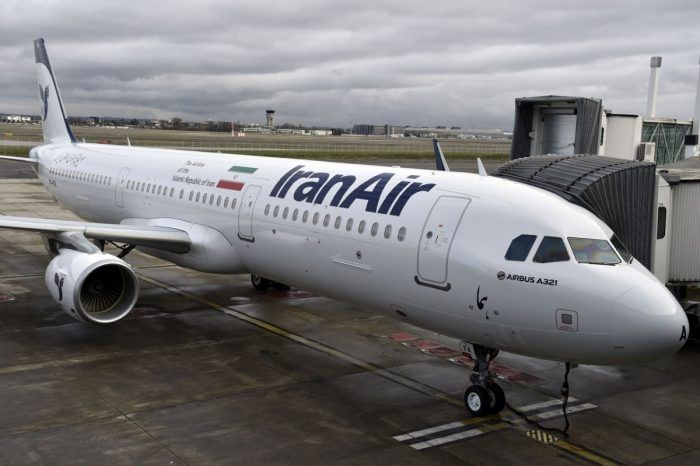The European Union Aviation Safety Agency (EASA) has lifted its ban on flying over Iraq and Iran airspace. The ban has been in place since last month but the EU group has revised its approach following a meeting on January 28th.
Moments of tension
The restrictions were put in place as a precautionary measure. The EASA and the European Commission initially advised the avoidance of overflights of Iraq since January 8th. Thereafter, they had recommended against overflights of Iran since January 11th.
These decisions followed tensions in the region a result of escalation between the governments of Iran and the United States.
In the midst of the conflict, a Ukrainian International Airlines Boeing 737 was shot down by Iranian lower-level officers. Financial Tribute reports that the authorities feel that the restrictions can now be relaxed.
Despite lifting the bans, the EASA still recommends some restrictions. It advises against flying outside of two corridors in Iraq. Additionally, it suggests flying under 25,000 feet over Iran.
"On the basis of the latest information, the group reaffirmed the position stated in the current published Conflict Zone Information Bulletins (CZIB) for overflights of Iran and Iraq airspace," EASA's announcement reads, as reported by Financial Tribune.
"CZIB-2017-04R5 for Iraq advises airlines to avoid overflights of Iraq, except in two specific air corridors. CZIB-2020-01R0 for Iran advises against overflights of Iran at levels below 25,000 feet."
Cooling period
Several airlines such as Emirates, KLM Royal Dutch Airlines, and Emirates rely on airspace in this area for services between Europe and Asia. Therefore, they had to make lengthy detours, which increased flight time. These carriers will be glad to hear the change in the situation.
Along with EASA's decision, CH-Aviation reports that the Swedish Transport Agency (Transportstyrelsen) has handed back Iran Air's air permit. Therefore, the airline can resume its flights between Iran and Sweden.
The group said it initially made the decision to revoke the permit as it could not foresee civil air traffic being conducted with an acceptable level of security. Now, it has received assurances from Iranian officials that all necessary safety measures will be taken to conduct operations.
The flag carrier rod Iran previously flew to Sweden three times a week. It traveled once a week to Gothenburg Landvetter and twice a week to Stockholm Arlanda.
Safety first
Altogether, it seems that the atmosphere is becoming less heated when it comes to operations in Iraq and Iran. Hopefully, we can continue to see cooperation between authorities and a long-term solution to the issues.
What are your thoughts on the decision of the European Union Aviation Safety Agency lifting the ban on Iraq and Iran overflights? Let us know what you think in the comment section.




